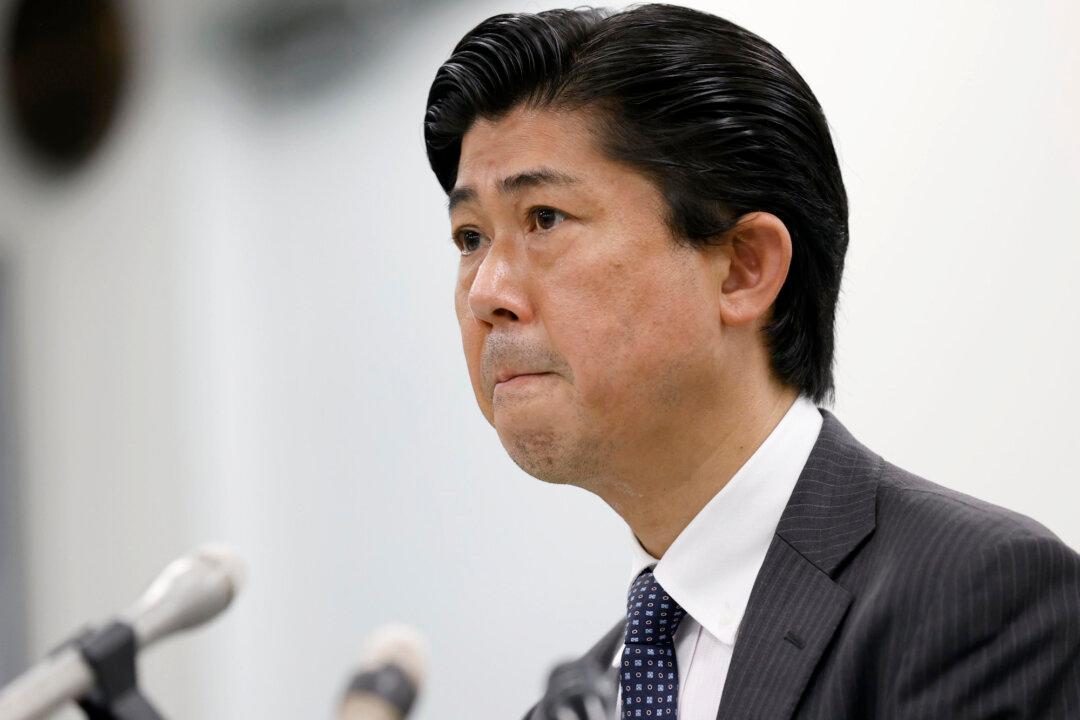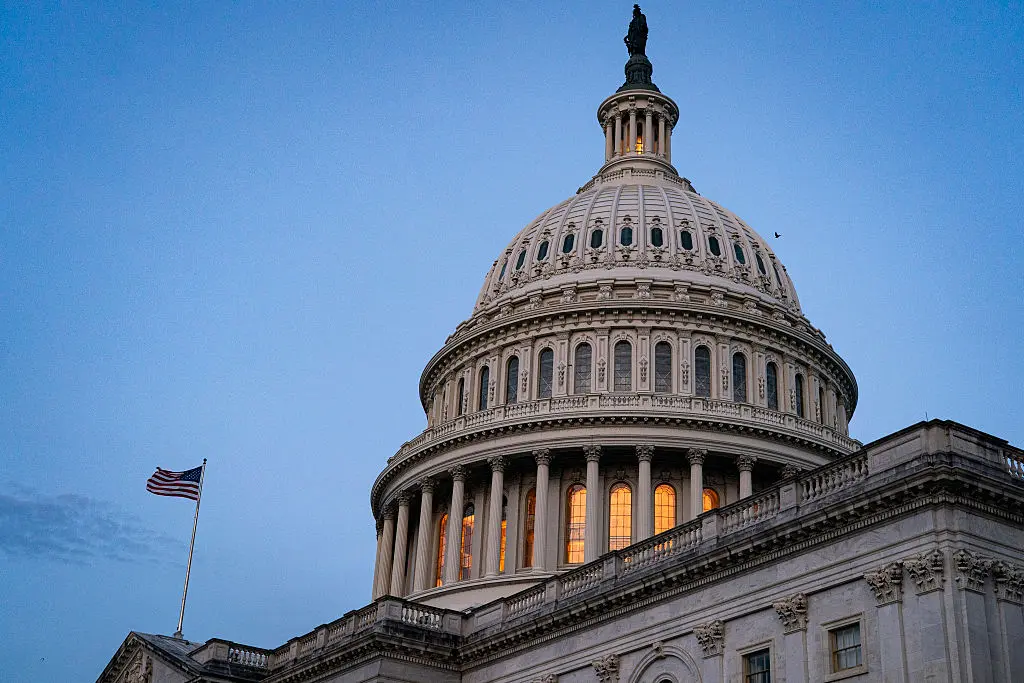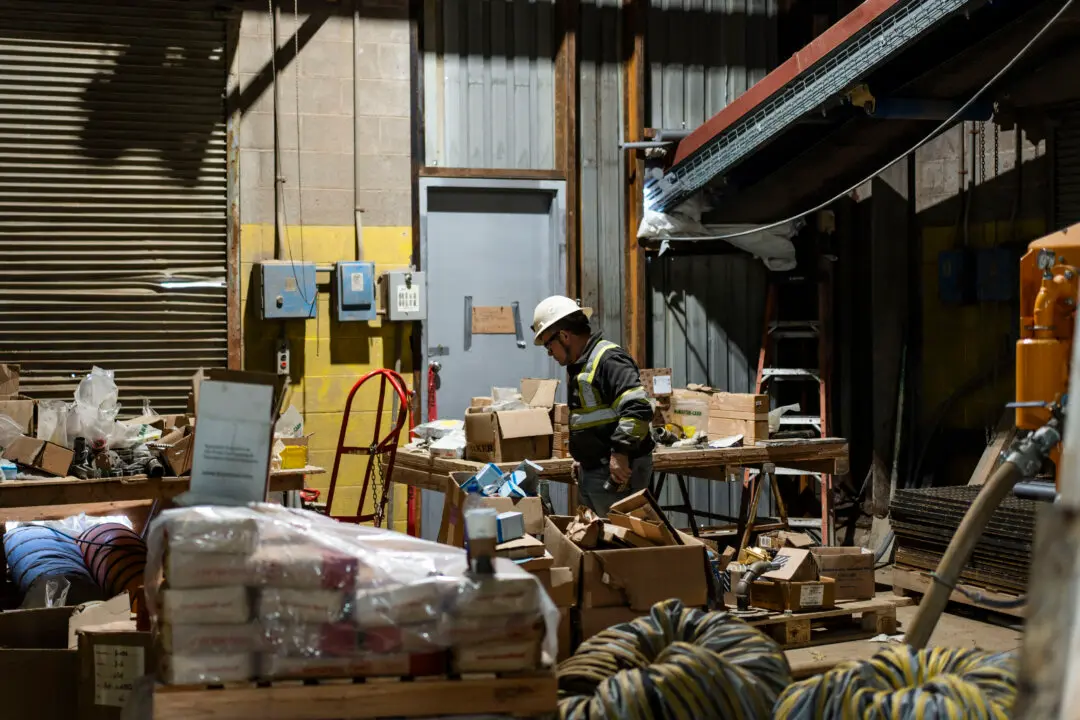The police chief of the Nara prefecture where former Japanese Prime Minister Shinzo Abe was killed admitted security lapses that allowed the assassin to get close enough to fire the deadly shots from a homemade gun, saying he feels a “grave sense of responsibility.”
Nara prefectural police chief Tomoaki Onizuka told a press conference on July 9 that it’s clear there were shortcomings in his own approved plan for securing the event at which Abe was gunned down.





